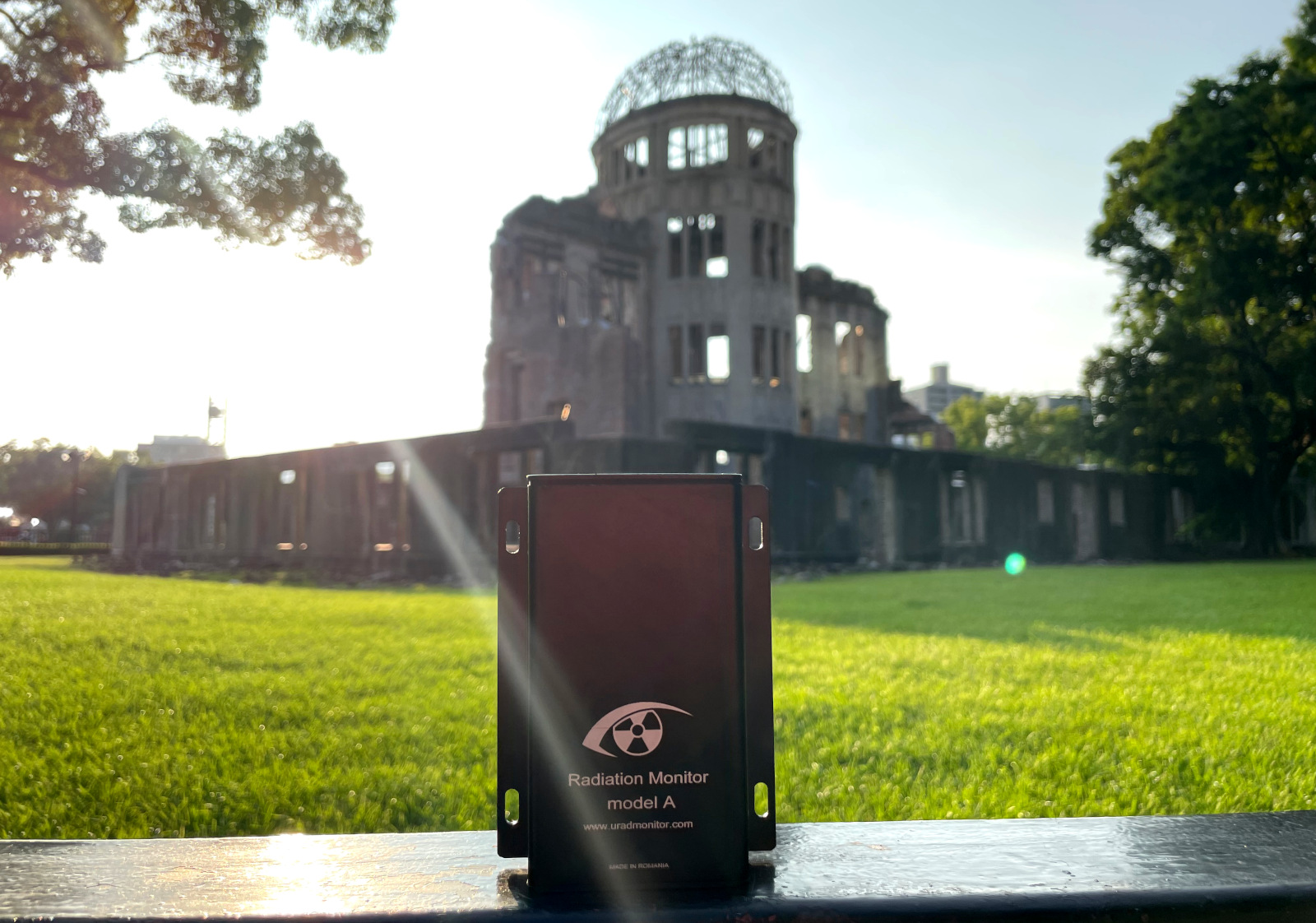
Today in Hiroshima, a Ceremony marks 79 years since the devastation of humankind’s first use of a nuclear weapon in war. In a moment of unprecedented global tension, the Japanese people remind the world of the horrors of nuclear war and hope the mistakes of the past not be repeated. About 50,000 people took part in Tuesday’s ceremony in Hiroshima, including representatives from 109 countries and the European Union. One uRADMonitor radiation sensor was also there.
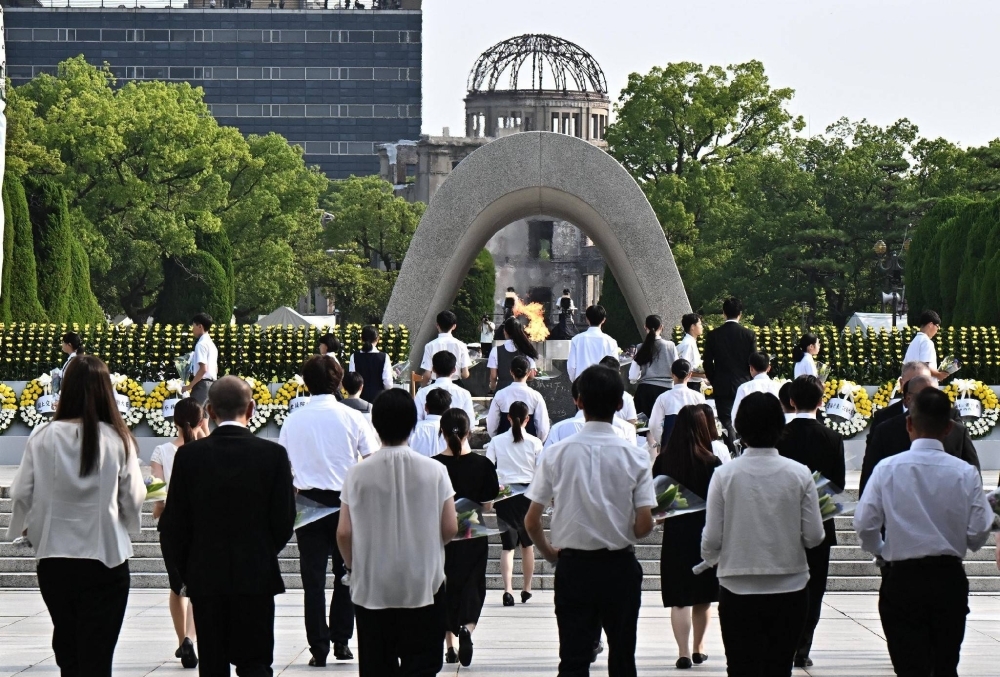
Events of today are “deepening mistrust and fear between states, reinforcing among the public the perception that to solve international problems we must rely on military force, an idea we must reject“, the mayor of Hiroshima , Kazumi Matsui noted today, in is Declaration of Peace.
Prime Minister Fumio Kishida emphasized in his own speech that the nuclear horrors that took shape in Hiroshima and Nagasaki “must never be repeated.” “It is our country’s mission as the only nation to have suffered atomic bombings in war to steadily continue our efforts toward realising a world without nuclear weapons,” said the PM.
Russia and Belarus were banned from the Hiroshima ceremony, amid repeated nuclear threats by Russia during its invasion of Ukraine.
August 6, 1945
“Little Boy” was the codename for the atomic bomb dropped on Hiroshima, Japan, on August 6, 1945, by the U.S. during World War II. It was the first nuclear weapon used in warfare, utilizing uranium-235 as its fissile material. The bomb caused massive destruction, killing an estimated 70,000-80,000 people instantly, with tens of thousands more dying later from radiation exposure and injuries. The deployment of “Little Boy” marked a pivotal moment in history, leading to Japan’s eventual surrender and the end of World War II, while also ushering in the nuclear age with profound global implications.
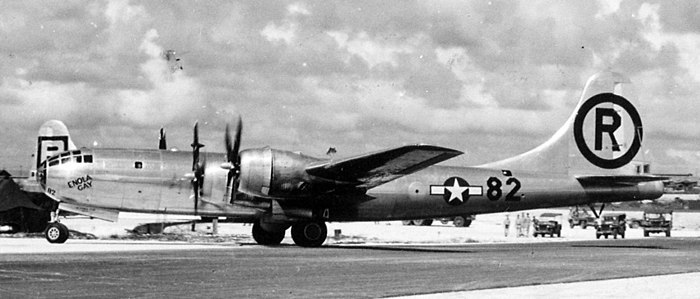
The bomb was dropped at around 08:15 JST on August 6, 1945. After falling for 44.4 seconds, time and barometric triggers activated the firing mechanism. The detonation occurred at an altitude of 1,968 ± 50 feet (600 ± 15 meters). According to 1945 reports, the blast in Hiroshima directly killed 66,000 people and injured 69,000 more. Later estimates suggest the death toll was as high as 140,000.
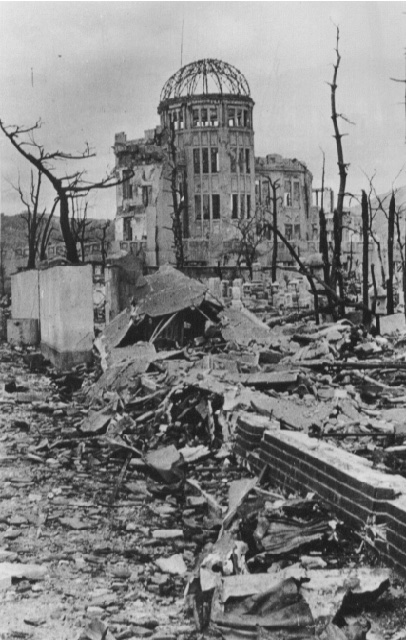
79 years later
In Hiroshima’s Memorial Park, a solitary uRADMonitor® radiation sensor stays firm – a pledge to never repeat the mistakes of the past. Years after the atomic explosion, it silently monitors the lingering radiation, a solemn reminder of the city’s enduring scars. As twilight fells, its digital circuits glow red, as a symbol of dedication to safeguarding the future.

In its unwavering watch, the sensor embodies a promise to honour the past, while forging a path toward a world free from the horrors of nuclear devastation.
The uRADMonitor sensor was installed by Prof. Dr. Michael W. Lassalle of Eikei University of Hiroshima . The real time data is available here.
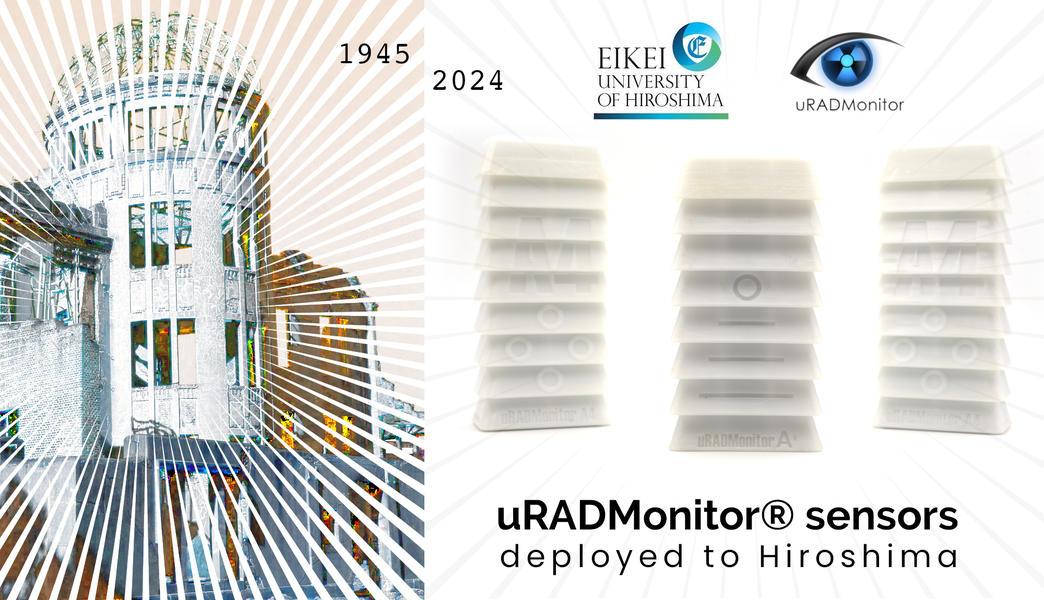
Our presence on this 79th anniversary through one of our sensors enables us to empathise with the suffering of the Japanese people and to echo the shared warning about the fragility of human nature and the necessity of controlling weapons that we cannot fully master.
codemore code
~~~~